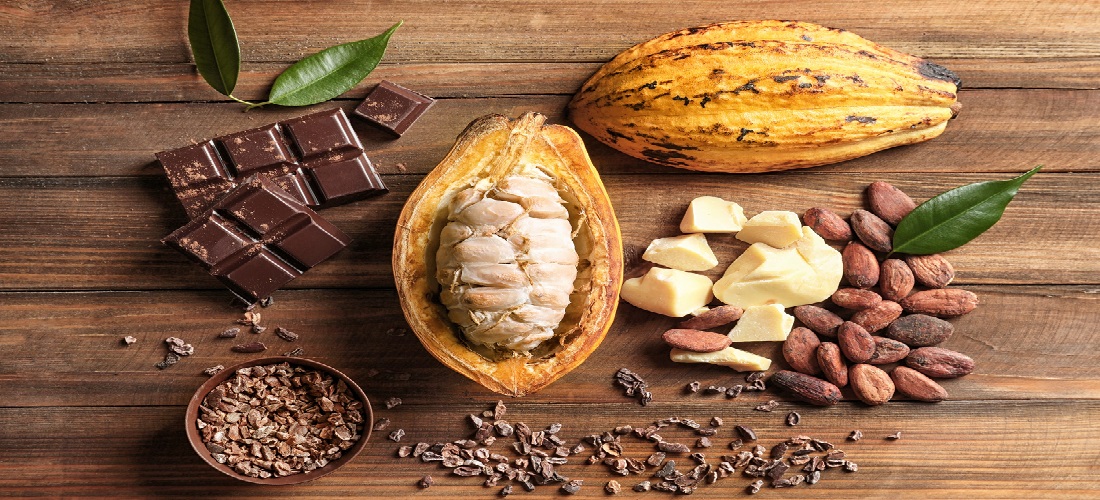
Brazil could capture 13% of global cocoa market, study finds
Mar, 05, 2025 Posted by Sylvia SchandertWeek 202510
Once the world’s leading cocoa producer in the 1980s, Brazil is the only country with the potential to reclaim a significant role in the global market while also integrating all stages of the cocoa supply chain beyond the farm gate. The country already boasts an established industrial base and one of the largest chocolate consumer markets in the world.
These findings were quantified by Instituto Aya, part of Aya Partners, a consultancy founded by Patrícia Ellen to support Brazil’s green economic transition. The firm is also involved in discussions on the government’s Ecological Transformation Plan led by the Ministry of Finance. The study, produced with support from Systemiq—a company focused on solutions for global challenges—outlines Brazil’s potential to generate up to $2.3 billion in cocoa-related revenue by the end of the decade, capturing 13% of the global market and creating as many as 300,000 jobs in the sector. Even under more conservative projections, Brazil’s cocoa supply chain could generate $1.5 billion by 2030, securing a 9% global market share.
The chart below shows Brazil’s cocoa beans and cocoa paste exports between January 2021 and January 2024. The data comes from DataLiner.
Cocoa Beans & Cocoa Paste | Jan 2021 – Jan 2025 | TEUs
Source: DataLiner (click here to request a demo)
According to the study, Brazil holds a competitive edge across all stages of the chocolate supply chain, which could be leveraged to expand its global market presence. Starting with agricultural inputs, the country benefits from the support of Embrapa and the Executive Committee of the Cocoa Plan (Ceplac), making it one of the world’s largest producers of cocoa seedlings and specialized machinery.
Brazil also has extensive experience in agroforestry cocoa cultivation, a system that requires additional tree species to provide shade and shape the growing environment—an area in which the country has significant expertise.
On the production front, degraded pastureland presents a major opportunity for expansion. Industry representatives have been advocating for cocoa to be classified as a priority crop under the government’s yet-to-be-launched Degraded Pastureland Conversion Program.
However, a key challenge for cocoa expansion in Brazil is limited access to credit. Data from the Central Bank cited in the Aya and Systemiq report indicate that only 0.05% of agricultural credit in Brazil is allocated to cocoa. In addition, producers face low productivity levels and persistent threats from pests such as witches’ broom disease.
Another pathway for cocoa expansion could be its integration into forest restoration projects, including areas designated as permanent preservation zones (APPs) and legal reserves. The Pará state government has already introduced regulations allowing cocoa cultivation within agroforestry systems for legal reserve restoration, but no federal law currently governs this practice.
Industrial potential
Beyond the farm, Brazil’s cocoa industry has room to grow, given that the country already has an established processing sector that could expand with targeted investments. The country is home to major cocoa processors such as Barry Callebaut, Cargill, ofi (Olam Food Ingredients), and IBC, as well as smaller firms producing bean-to-bar and tree-to-bar chocolates with direct links to cocoa farmers.
“In the final stage of the value chain, chocolate manufacturing, Brazil stands out as both a major global supplier and one of the largest chocolate consumer markets,” the Aya and Systemiq report highlights.
To overcome the challenges facing the sector, the study recommends the creation of favorable credit lines with lower interest rates, extended repayment terms, and grace periods. One proposal is to extend the BNDES Climate Fund—already offering such conditions—to the cocoa sector.
The report also suggests encouraging cocoa processors to engage in forward contracts with farmers, providing price stability and improving access to credit. Many small-scale producers struggle to secure financing due to collateral requirements.
Finally, the study underscores the need to strengthen rural technical assistance programs and increase investment in research and development. These efforts should focus on mechanization—such as pruning, harvesting, and processing equipment—as well as biotechnological innovations to combat pests affecting Brazil’s cocoa plantations.
Source: Valor International
-
Ports and Terminals
May, 29, 2023
0
Multi-agency operation leads to 251 kg cocaine bust in Port of Santos
-
Oil and Gas
Oct, 23, 2019
0
Equinor invests in natural gas production in Brazil
-
Ports and Terminals
Sep, 19, 2023
0
Minister Silvio Costa Filho: Santos Port to remain public, but open to PPPs
-
Ports and Terminals
Jul, 13, 2023
0
Peru port terminals see 22.9% increase in container throughput

